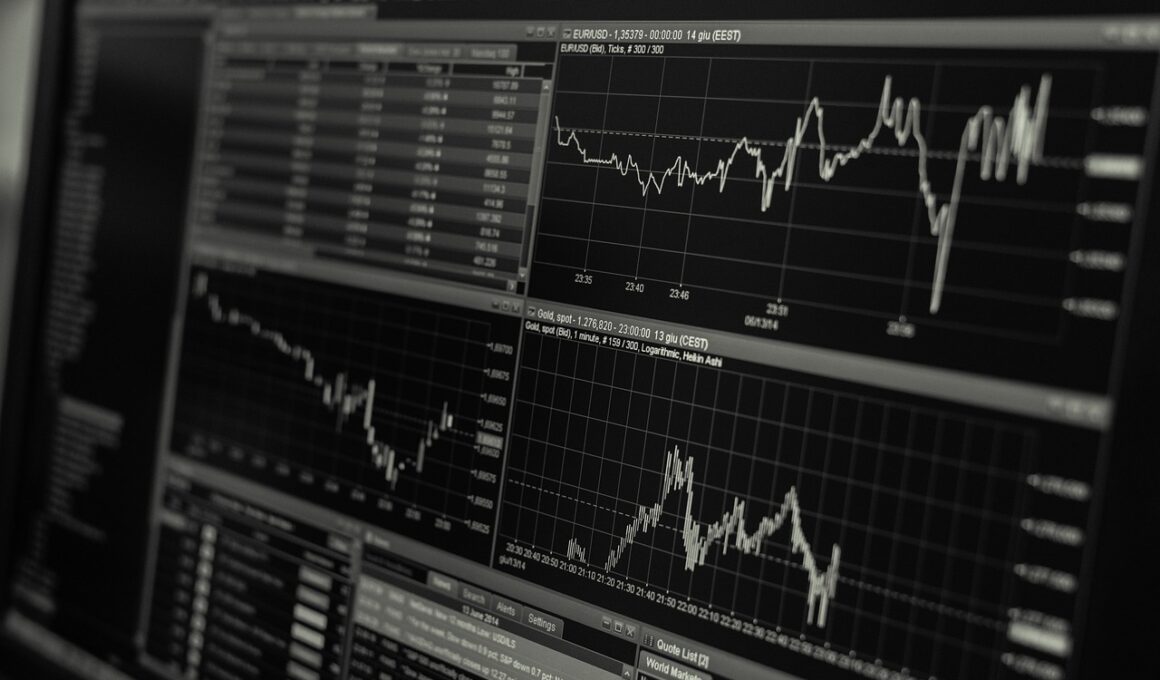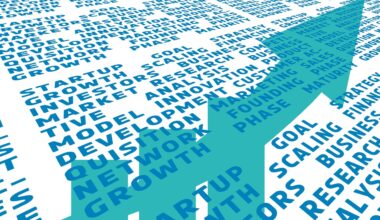Evaluating Backtesting Platforms for Trading Strategy Validation
The stock market is complex, and trading strategies require thorough validation. Backtesting platforms are essential tools for traders to analyze their strategies using historical market data. These platforms help traders understand which strategies might perform well based on past performance. The effectiveness of a backtesting platform hinges on various factors, including user interface, data accessibility, and analytical capabilities. Good platforms should provide intuitive interfaces, making it easier for traders to input their strategies and analyze results. Additionally, high-quality historical data is crucial, and backtesting platforms need to offer extensive datasets covering various timeframes. Traders should also look for platforms that allow for customization, as individual strategies vary widely. Furthermore, robust analytical tools help in interpreting results effectively, offering insights into risk management and potential returns. Integration with live trading features can also be a significant advantage. Overall, traders should prioritize function, usability, and data quality when selecting their backtesting platform to enhance their trading strategy validation process.
Once traders have access to a backtesting platform, the real work begins. Understanding how to interpret the outcome of backtests is crucial for successful trading. Various metrics can be derived from backtesting results, each offering different insights about profitability and risk. Metrics like return on investment (ROI), maximum drawdown, and Sharpe ratio are essential for evaluating performance. Additionally, traders must understand the impact of parameters such as slippage, commissions, and market conditions on their backtests. Hence, a high-quality backtesting platform should simulate these factors effectively. Visual tools like equity curves and drawdown graphs are invaluable, providing at-a-glance evaluations of a strategy’s performance over time. Such representations allow users to grasp how strategies would react in volatile market conditions and whether they can sustain long periods of drawdown. It is vital for traders to remain critical of their strategies, adjusting them based on backtesting results while also recognizing that past performance does not guarantee future results. Moreover, diversifying tested strategies can lead to a more robust trading portfolio, enhancing stability.
An important factor in evaluating backtesting platforms is the community and support they provide. Traders, both novice and experienced, benefit from user forums, tutorials, and customer support services associated with these platforms. A highly active community can be an excellent resource for sharing tips, techniques, and strategies that others have successfully utilized. The ability to learn from others’ experiences enables traders to refine their approaches and avoid common pitfalls. Comprehensive documentation and resources provided by the platforms enhance user experience, helping traders understand functionalities better. Furthermore, web-based and desktop applications differ in terms of accessibility; thus, traders must determine which suits their needs best. Some traders may prefer the convenience of cloud-based solutions that allow access from any device, while others may want the stability and speed of desktop applications. User reviews and case studies can also offer insights into how effective a platform truly is. Ultimately, a strong community enhances a trader’s backtesting experience, creating a supportive environment for strategy development and refinement.
Backtesting platforms constantly evolve, incorporating new technologies and features to meet traders’ needs. One recent trend is the integration of artificial intelligence and machine learning into these platforms. These technologies can help analyze immense datasets more effectively, enabling traders to uncover patterns that traditional methods might overlook. AI-driven platforms can adapt strategies in real time, an essential feature in the rapidly changing stock market landscape. Moreover, some platforms also offer automated backtesting, allowing traders to deploy strategies without manually running simulations. Which saves time and reduces errors in the backtesting process. Additionally, the growing emphasis on using alternative data sources, such as social media sentiment and news analytics, opens new avenues for analysis. Understanding how these new features can contribute to strategic development is essential for traders committed to staying ahead of the curve. As innovations continue influencing backtesting platforms, remaining open to new methodologies can provide significant advantages. However, traders should approach new features pragmatically, integrating them thoughtfully into established strategies.
Evaluating Costs and Value
Cost is another factor to consider when selecting a backtesting platform. Different platforms have varying pricing models, including subscription fees, one-time payments, or even free tiers with limited features. Some traders may find completely free solutions adequate for their initial explorations, while others might require the advanced features of premium platforms. It’s essential to evaluate what each platform offers concerning its cost. Assessing whether the benefits gained from these platforms justify their pricing can help traders make informed decisions. A cost-benefit analysis allows traders to determine the monetary allocation versus expected gains from using the platform effectively. Additional costs like data feeds should also be factored into overall expenses, as they can significantly impact a trading operation. A platform may appear cost-effective on the surface, but hidden or additional fees may outweigh initial savings. To ensure long-term success, understanding the value derived from the chosen backtesting platform is crucial, as a sound investment can yield profitable returns over time.
Security and data privacy are paramount considerations in today’s online trading environment. As traders use backtesting platforms to analyze sensitive financial data, ensuring that these platforms protect traders’ information is vital. Traders should seek platforms that are transparent about their security measures and data handling policies. The presence of encryption, secure payment methods, and regular security audits are important aspects to look for. Additionally, many traders benefit from reading user feedback regarding their experiences with a platform’s customer service and issue resolution. Having a response plan for any security incidents is also a key indicator of how well a platform operates. As regulations in financial markets evolve, staying compliant with data protection laws such as GDPR is also crucial for platform providers. Understanding how individual platforms handle security can provide peace of mind for traders who wish to focus on strategy development rather than concerns about data integrity. Therefore, ensuring that a backtesting platform maintains high security standards should be a critical part of the evaluation process.
In conclusion, careful evaluation of backtesting platforms is crucial for traders looking to validate their strategies. Users should consider various factors, including functionality, community support, costs, security, and the evolving technological landscape. Each trader has unique needs, and understanding personal objectives will guide the selection process. With multiple platforms available, conducting thorough research is essential to ensure a good fit. Engaging with reviews and other traders can provide valuable insights into the practicalities of daily use. Moreover, utilizing demo accounts where available helps traders experience functionality before commiting financially. Thus, creating a shortlist based on specific requirements clarifies the selection process. Finally, as traders grow more experienced, their needs may change; remaining flexible in platform choice is vital. Ultimately, the right backtesting platform can be a game-changer, allowing for successful strategy development and enhancing understanding of market behaviors. As trading evolves, staying informed and adaptable will increase the likelihood of sustained success in an ever-competitive environment.



